Exploring the Peruvian jungle is an authentic experience in the heart of South America. This ecosystem is home to unique biodiversity and communities with ancient traditions. In this guide, we show you everything you need to enjoy this magical destination with Salkantay Trekking.
The Peruvian Amazon offers stunning landscapes, warm weather year-round, and a rich regional cuisine. From Iquitos to Puerto Maldonado, every corner holds a fascinating story. Get ready to connect with nature and discover a vibrant, welcoming culture deep in the tropical rainforest.
Learn what to pack, the best time to visit, and how to stay safe during your adventure in the Peruvian jungle. We include practical tips on transportation, health, and sustainable activities. Plan with confidence and make the most of your trip with our specialized guide.
Where is the Peruvian Jungle?
The Peruvian jungle stretches across the eastern part of the country, covering nearly 60% of the national territory. This vast ecosystem is part of the Amazon Basin—the largest in the world—fed by the Amazon River system. It borders Brazil, Colombia, and Ecuador, making it a key region in South America.
The Amazon River originates in the Peruvian Andes and flows through much of this lush forest. Along its course, unique landscapes, biodiversity, and communities thrive. From Loreto to Madre de Dios, the Peruvian jungle is an unmatched natural treasure.
The main Amazonian cities in Peru are Iquitos, Puerto Maldonado, Tarapoto, and Pucallpa. These cities serve as gateways to nature reserves and native communities. Due to the region’s remote geography, access is typically by air or river.
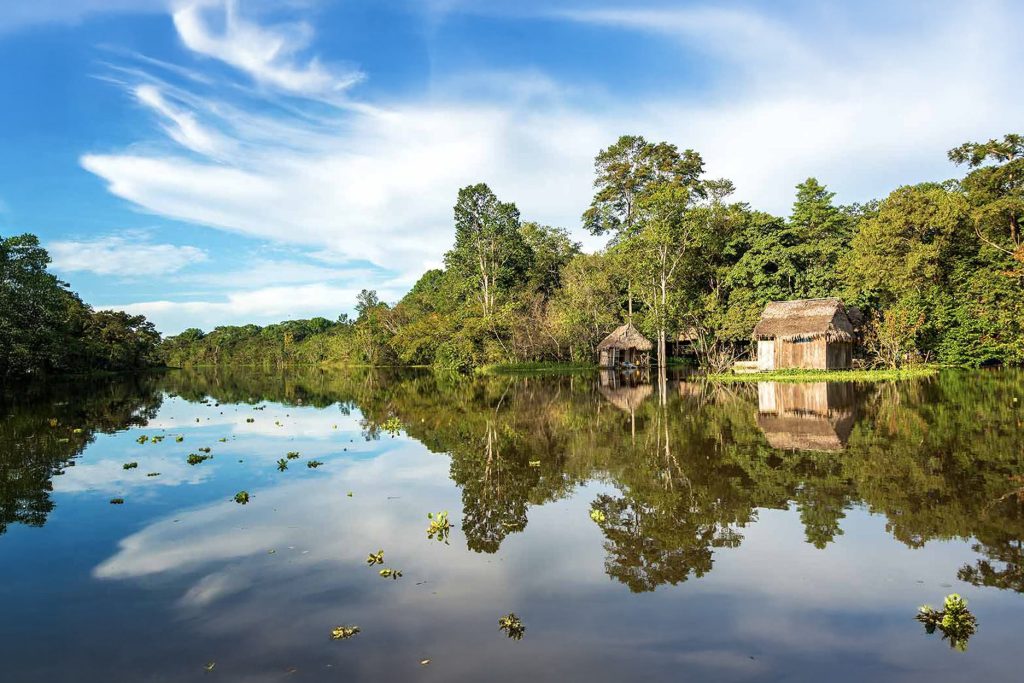
A Region Full of Life and Diversity
The Peruvian jungle is divided into two main areas: the high jungle and the low jungle. The high jungle is found in mountainous areas like Oxapampa and Chachapoyas, with a mild climate and many waterfalls. The low jungle includes tropical areas such as Iquitos and Manu National Park.
This territory is home to thousands of species of fauna and flora, many of them endemic. In places like Tambopata and Pacaya Samiria, you can spot macaws, jaguars, and pink river dolphins. The jungle is also home to Indigenous communities that preserve ancient traditions.
On the map of Peru, the jungle occupies the eastern flank, from the Andes to the Brazilian border. It spans over 700,000 km² of forests, rivers, and wildlife. It is one of the most biodiverse and best-preserved regions on Earth.
The Peruvian jungle offers a unique experience for nature lovers. Connecting with its natural and cultural richness is a privilege few forget. Planning your visit well is key to enjoying it safely and responsibly
Reasons to Explore the Peruvian Amazon
Traveling to the Peruvian jungle is a chance to discover one of the most fascinating regions on the planet. This area holds 13% of the Amazon—the world’s largest wildlife reserve. Each visit brings you closer to nature and Peru’s living cultures.
The Peruvian rainforest encompasses hundreds of unique ecosystems and endemic species not found anywhere else. Travelers can observe macaws, giant river otters, howler monkeys, and pink dolphins, along with lesser-known mammals. On every excursion, the biodiversity amazes with its sounds, colors, and ever-changing landscapes.
Exploring the Peruvian Amazon means living unforgettable moments in direct contact with nature. Canoe rides along calm rivers and nighttime wildlife watching thrill eco-tourism lovers. Reserves like Pacaya Samiria and Tambopata are perfect for adventure.
The jungle also captivates with its spirituality, traditions, and ancestral connection to the environment. Many Indigenous communities welcome experiential tourism, sharing their knowledge and sustainable ways of life. This cultural exchange adds deep meaning to your journey.
An Experience That Awakens the Senses
The Peruvian Amazon stimulates all five senses throughout the day. The birds’ songs at dawn, the scent of the damp vegetation, and the exotic flavors of local cuisine captivate visitors. Dishes like juane, patarashca, or tacacho with cecina are must-tries.
Moreover, the Peruvian jungle offers the perfect setting for rest and reconnection. Many eco-lodges blend comfort with sustainable practices and breathtaking views. The forest’s tranquility and local hospitality create a magical open-air atmosphere.
Traveling to this region is more than tourism—it’s a way to value life in its purest form. The Peruvian jungle doesn’t just impress: it transforms. That’s why more and more travelers choose it as their ideal destination in South America.
Get ready for your next adventure! Read our Peru Travel Guide and discover everything you need to know before your trip. Helpful, up-to-date info designed for travelers like you.
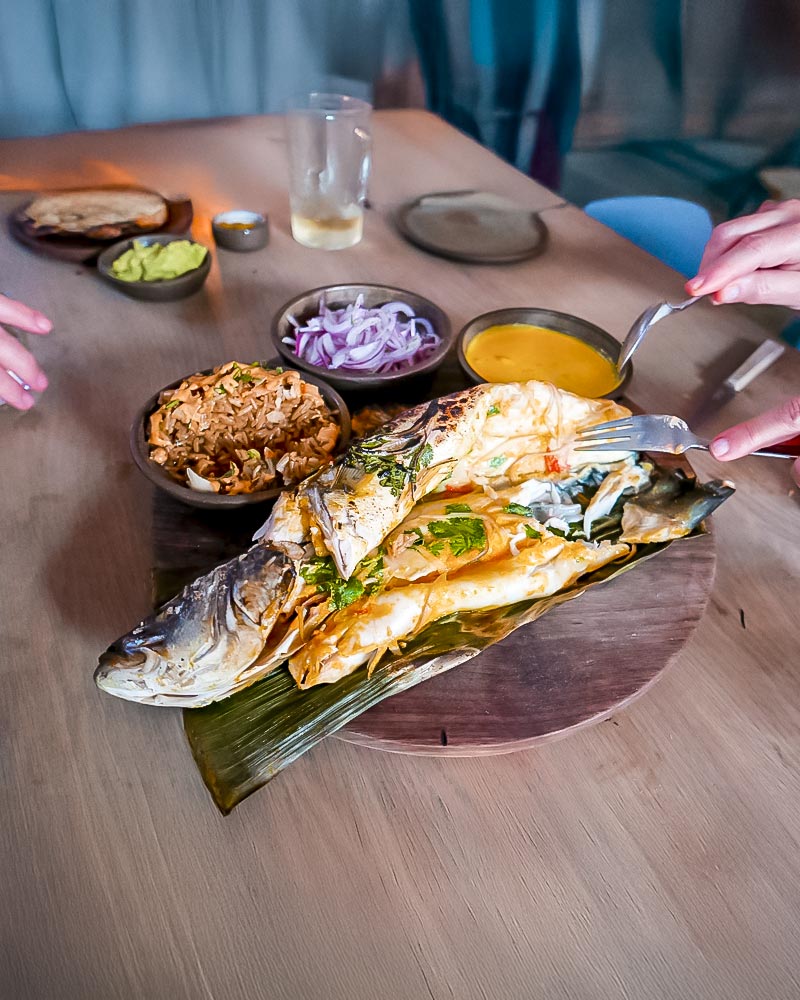
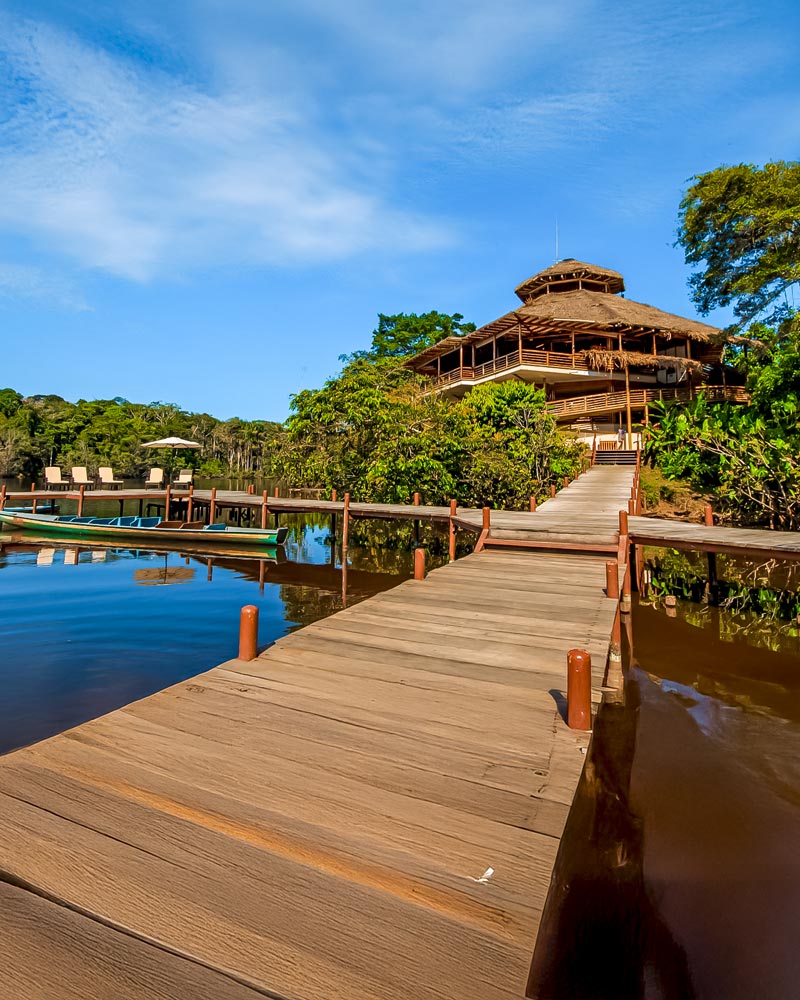
Best Time to Visit the Peruvian Jungle
The Peruvian jungle has a warm, humid, and tropical climate year-round. However, conditions vary between the dry and rainy seasons. Choosing the right time can make a big difference in your experience.
The dry season runs from May to September and is the most recommended for travelers. Rain is less frequent, and trails are more accessible. River excursions and jungle hikes become easier and safer.
During the dry season, daytime temperatures range from 28°C to 33°C. Nights are cooler and more pleasant. Visibility also improves for spotting birds, caimans, monkeys, and other wildlife.
In the rainy season, from November to April, rainfall increases significantly. While the rains bring life to the jungle, they can make access to some areas difficult. Some river routes and trails may flood or close temporarily.
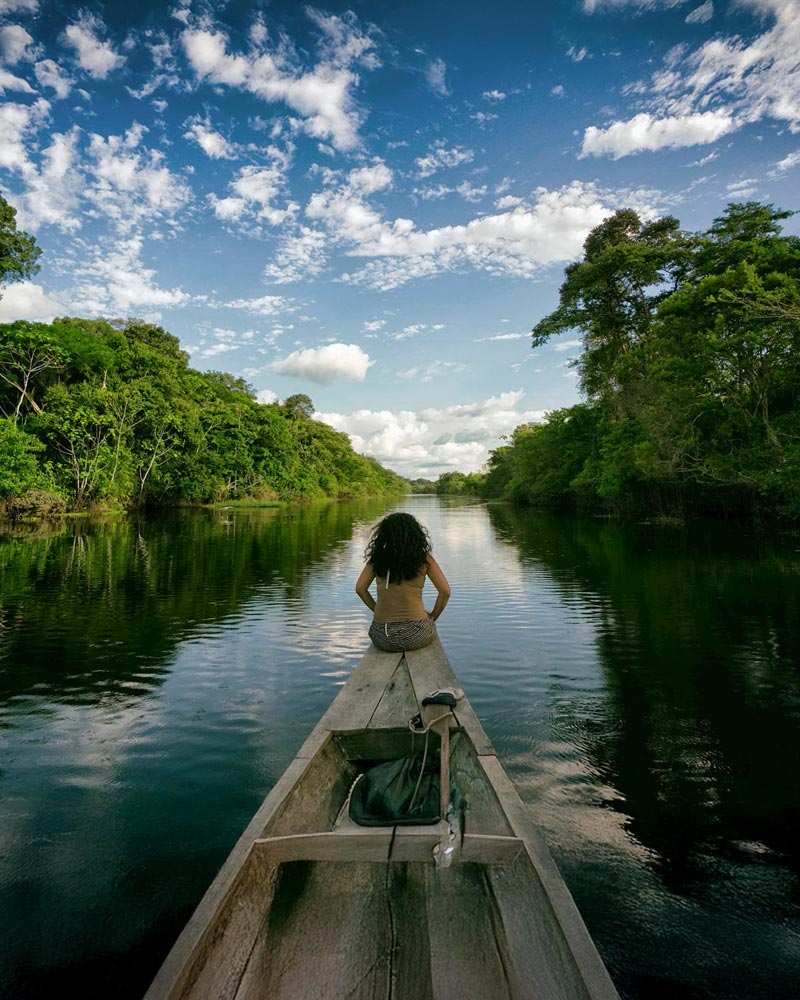
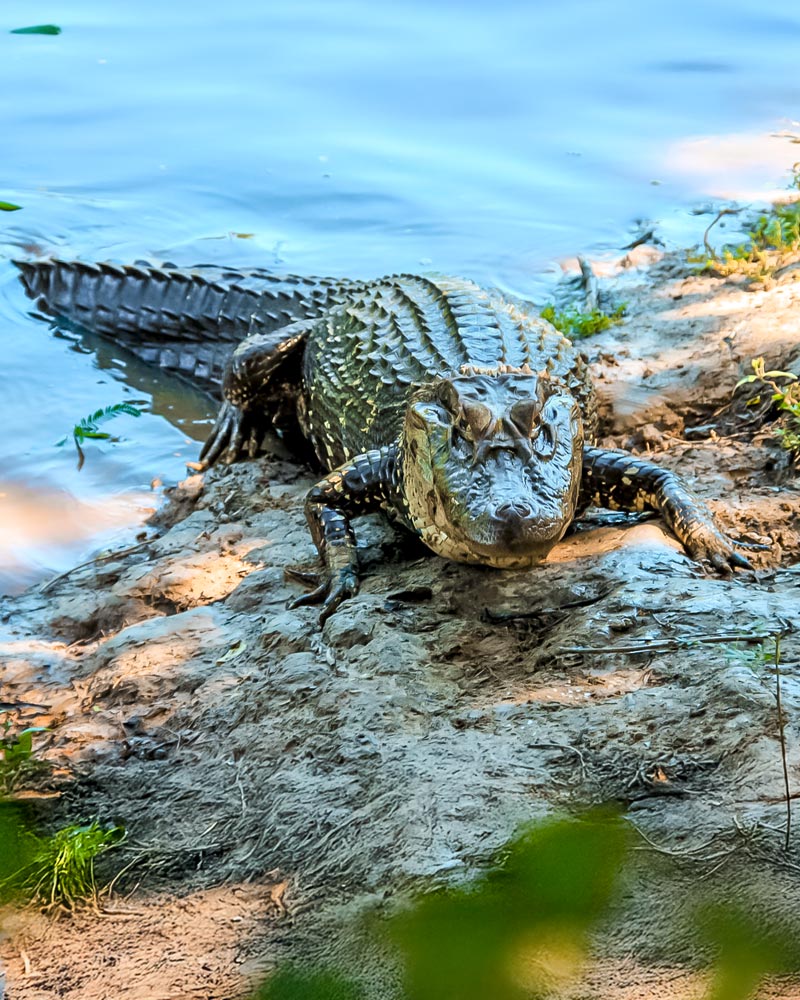
Best Time for Outdoor Adventures
The ideal time to visit the Peruvian jungle is between May and September. During this period, lodges and tour operators are fully operational. You’ll also enjoy local events and cultural festivities that enrich your journey.
If you plan to explore places like Tambopata National Reserve or Manu National Park, choose the dry season. You’ll enjoy hiking, boat rides, and wildlife photography with greater ease. It’s the perfect time for eco-tourism and adventure.
The jungle is open year-round, but the climate affects your itinerary and activities. Proper planning ensures a more comfortable, safe, and enriching experience. With the weather on your side, you’ll live an unforgettable journey through one of the world’s most vibrant ecosystems.
Bring dry bags to protect your documents and devices in humid or rainy areas. In the Amazon, rain is unpredictable. These bags help prevent costly losses.
Unforgettable Places in the Peruvian Jungle
The Peruvian Amazon hosts unique natural destinations that inspire wonder and admiration. Each one offers authentic experiences filled with life and culture. This region is ideal for travelers seeking genuine contact with nature.
In Madre de Dios, the Tambopata National Reserve astonishes visitors with its unmatched biodiversity. There, you can spot macaws, giant river otters, caimans, and even tapirs (Tapirus terrestris). Guided hikes and river tours are essential for enjoying the environment.
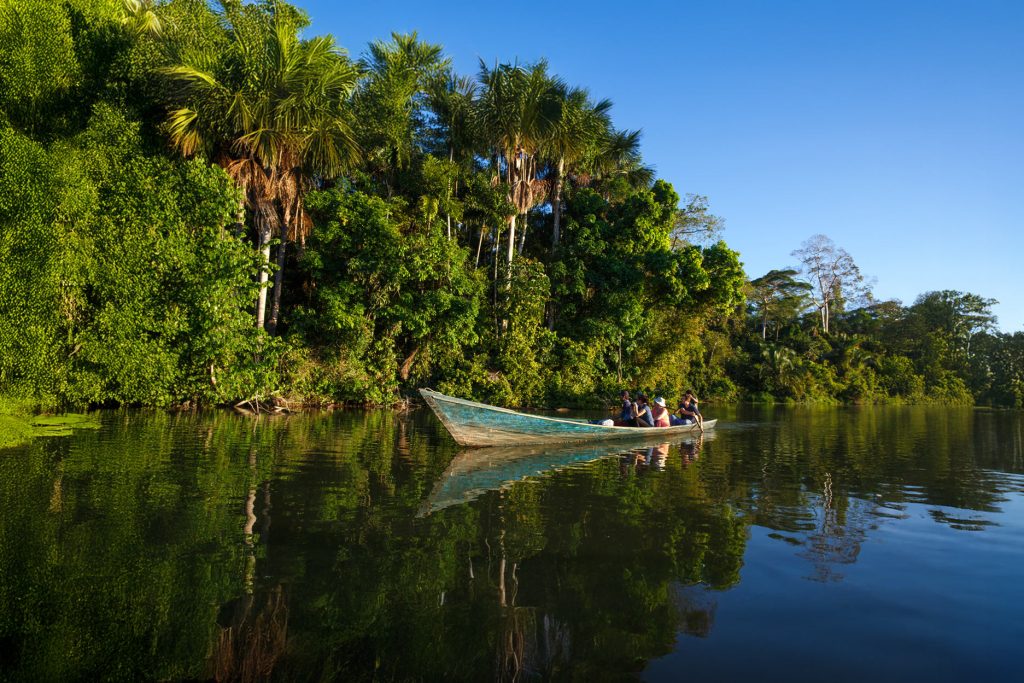
Manu National Park stretches from the Andes to the Amazon. This protected area is a UNESCO World Heritage Site due to its natural and cultural richness. Exploring it allows you to meet Indigenous communities and see species like the jaguar and the harpy eagle.
Discover more in our blog: “Manu National Park: The Ultimate Visitor’s Guide” with detailed info on routes, biodiversity, and practical tips.
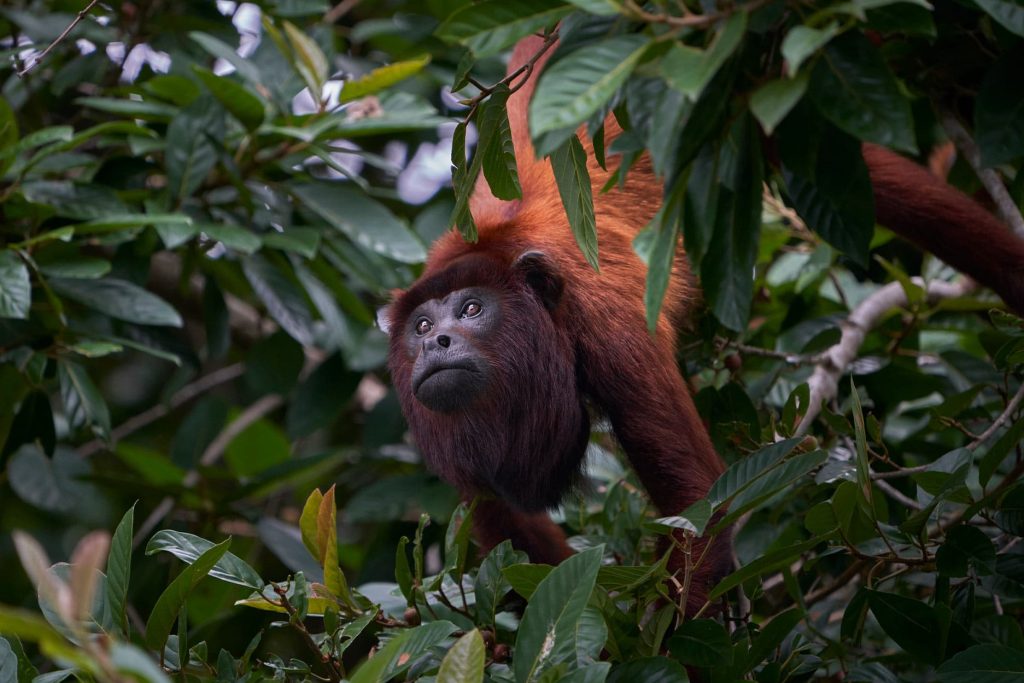
In Loreto, the city of Iquitos connects to the Pacaya Samiria National Reserve, one of South America’s largest wetlands. This jungle paradise is home to pink dolphins, giant fish, and flooded forests. Canoe tours and community visits are a must.
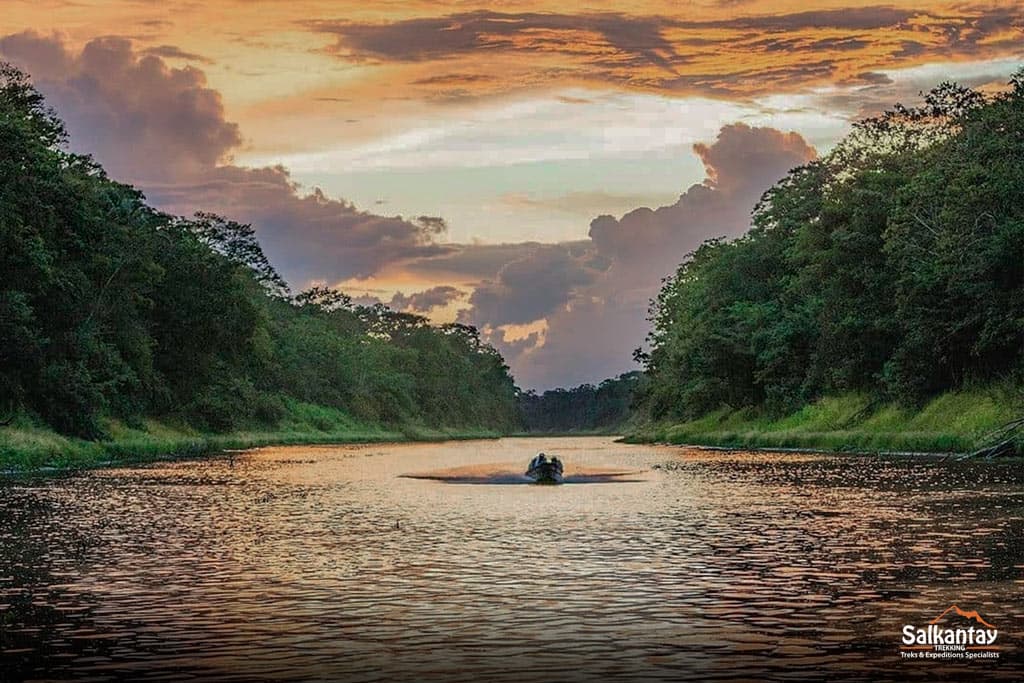
Cultural Treasures and Magical Landscapes of the Amazon
Tarapoto, in San Martín, combines high jungle, lagoons, and waterfalls like Ahuashiyacu. You can go hiking, birdwatching, and visit cacao farms. The Blue Lagoon, surrounded by jungle and mountains, is ideal for relaxing..
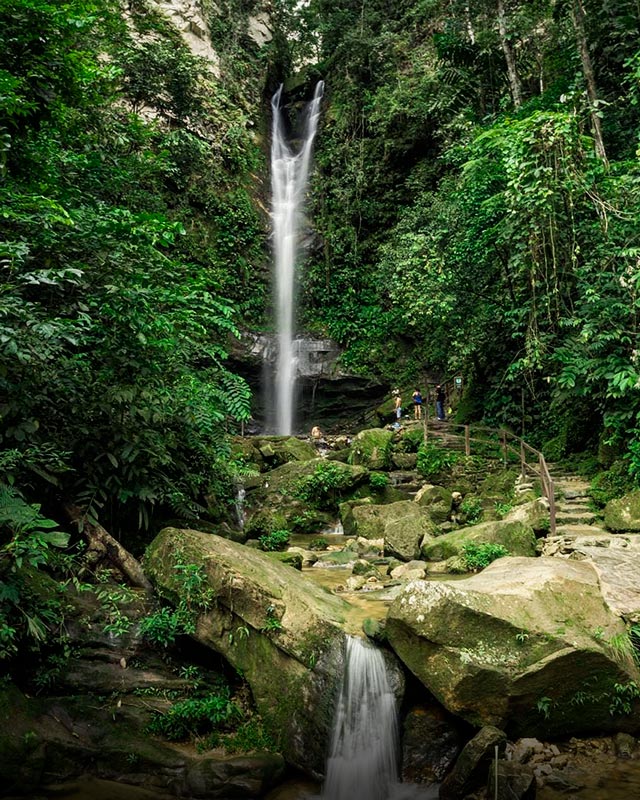
In Ucayali, Pucallpa gives access to Lake Yarinacocha, home to pink dolphins and Shipibo-Conibo communities. Navigate its waters, explore its biodiversity, and learn about ancestral traditions for a deep and meaningful experience.
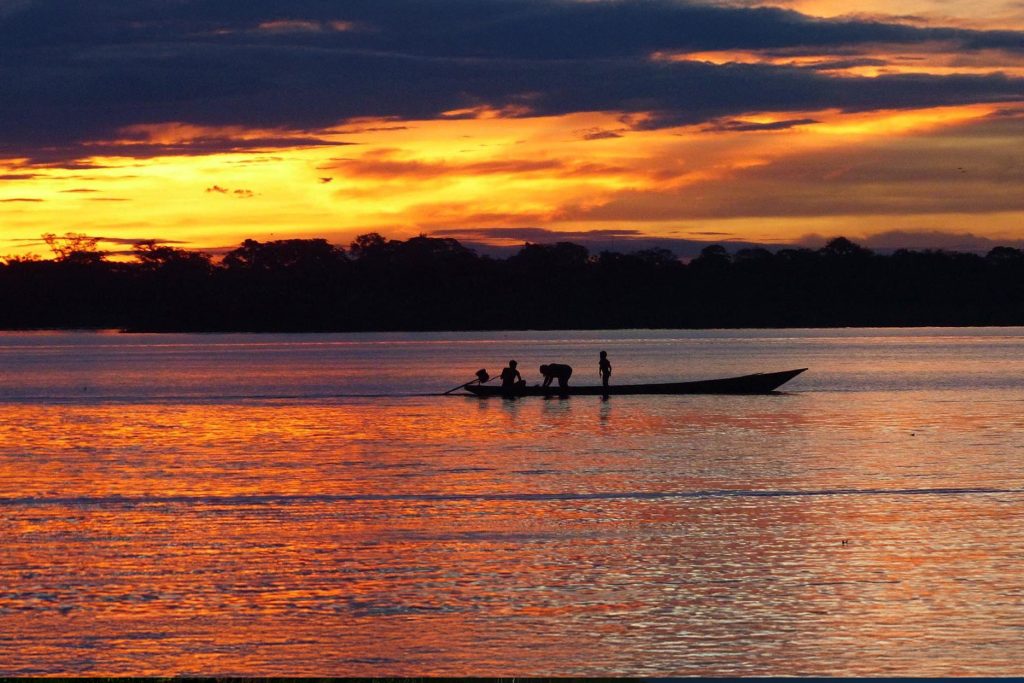
Chachapoyas stands out for its proximity to Gocta Waterfall and Quiocta Cave. This area blends archaeology, jungle landscapes, and pre-Inca heritage. Visiting it reveals ancient mausoleums and a new perspective on the rainforest..

Tingo María, known as the “Sleeping Beauty City” due to the shape of its mountains, is ideal for adventure lovers. The Tingo María National Park is home to the Owl Cave, a sanctuary for nocturnal birds, surrounded by rivers and waterfalls—perfect for ecotourism.
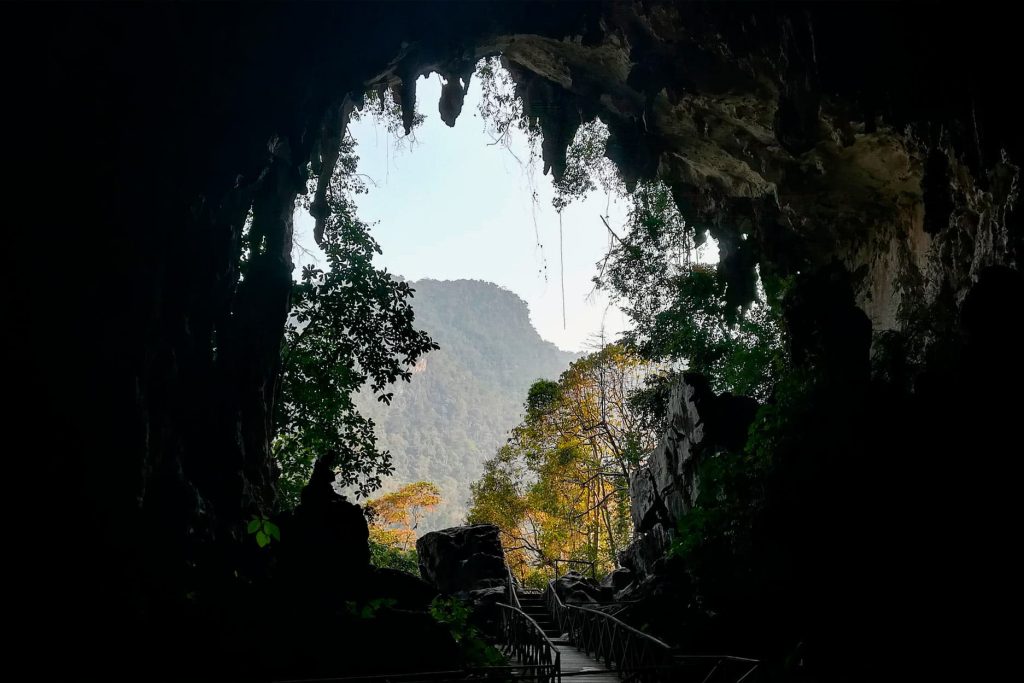
Oxapampa, in the high jungle, is known for its Austro-German colonies, adding a unique cultural touch to the Amazon. The town of Pozuzo, founded by 19th-century German and Austrian immigrants, offers a unique European cultural experience. Oxapampa is also known for its dairy products and lush nature.
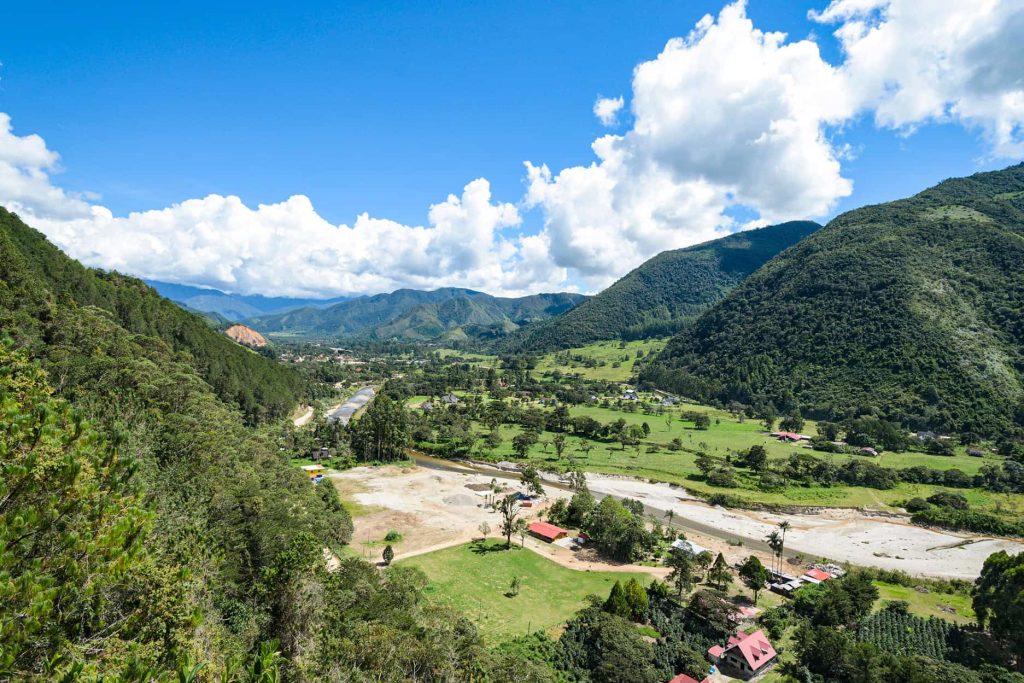
Quistococha, near Iquitos, is a tourist and recreational center with an Amazon zoo and a lagoon for swimming or boat rides. The zoo hosts various Amazonian species like monkeys, jaguars, and tropical birds—ideal for learning about local wildlife.
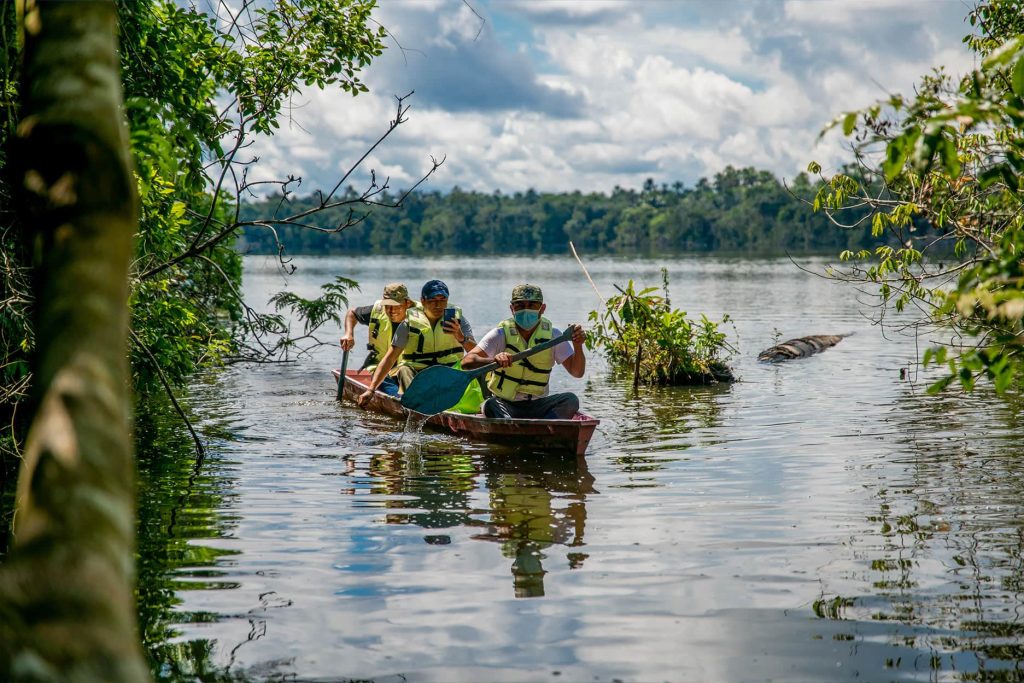
Lake Sandoval, inside the Tambopata National Reserve, is one of the most beautiful spots in the Amazon. Its calm waters are home to tropical birds, caimans, and giant otters. It’s a peaceful destination for nature lovers.

The Allpahuayo-Mishana National Reserve, near Iquitos, is ideal for biodiversity lovers and birdwatchers. Known for its white-sand forests, it hosts endemic species of flora and fauna, making it vital for Amazon conservation.
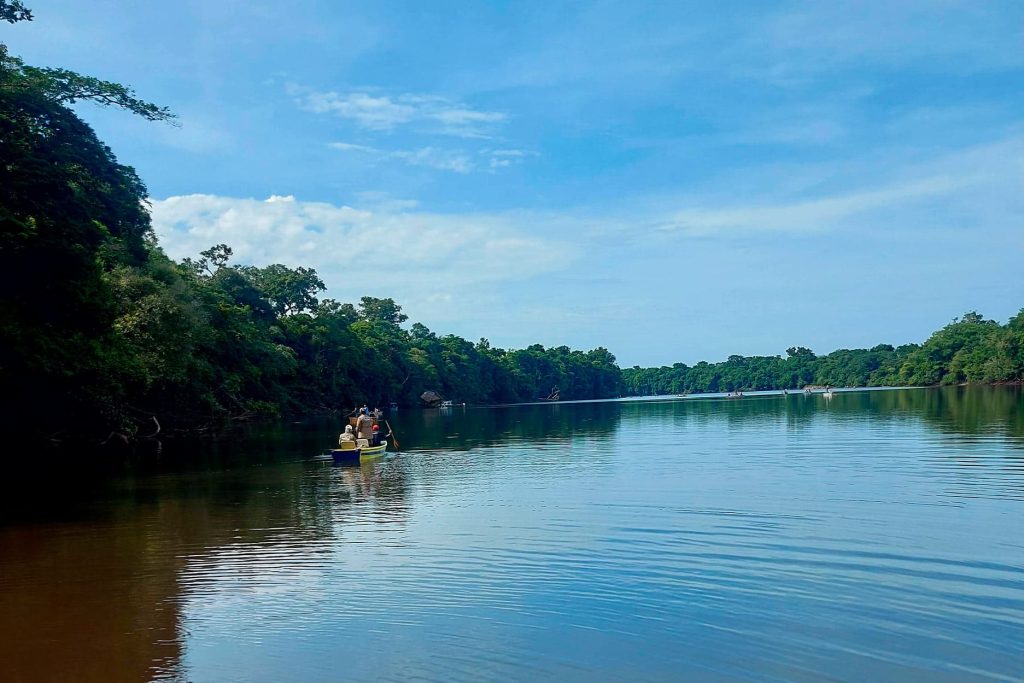
The Sierra del Divisor National Park is one of the most remote and unexplored protected areas in Peru. Located on the border with Brazil, it’s famous for its unique mountain formations and incredible biodiversity. It is home to indigenous communities and unique species.
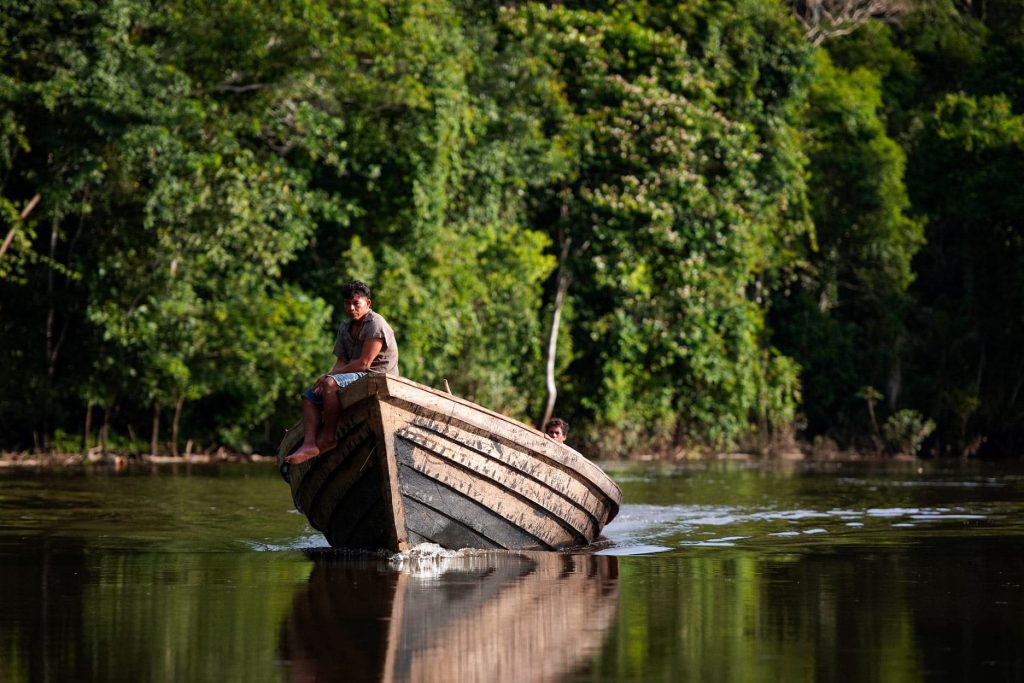
El Sauce Lagoon, also known as the Blue Lagoon, is a dream destination in the San Martín region, near Tarapoto. Surrounded by mountains and jungle, it’s perfect for those seeking relaxation in a natural Amazonian setting.
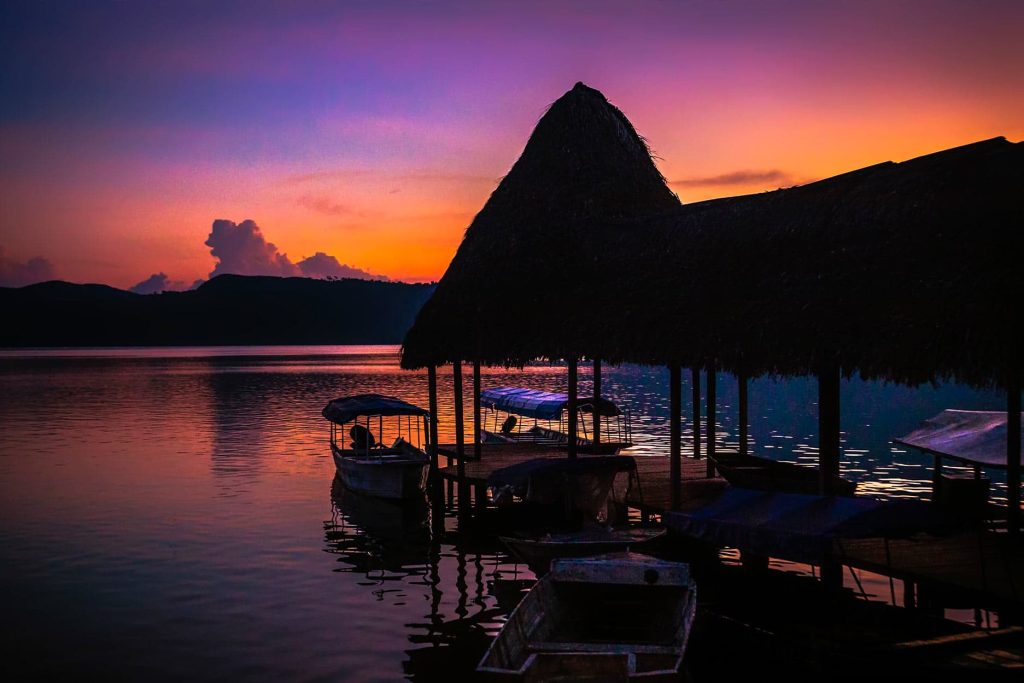
Avoid using perfumes or strong-scented lotions, as they attract insects. In tropical areas, sweet smells increase bite risk. Choose neutral or unscented products
Exploring the Peruvian jungle means discovering a world of adventures, knowledge, and biodiversity. Its landscapes invite you to walk, observe, and learn with respect. It’s a journey that transforms how you see the planet and its natural balance.
Key Tips for Safe Travel
Planning your trip to the Peruvian Amazon is essential for a safe, comfortable, and enriching experience. This tropical region has unique features that require special attention. Here are essential tips to help you make the most of your adventure.
Health and Vaccination in the Jungle
Before traveling to the Peruvian Amazon, consult your doctor about preventive vaccines. Yellow fever, hepatitis A and B, tetanus, and typhoid vaccines are recommended. Always carry insect repellent, a mosquito net, and long-sleeved clothing to avoid bites.
Be aware of risks like dengue or malaria in humid and remote areas. Ask your doctor if you need antimalarial medication based on your destination. Pack a first-aid kit with painkillers, anti-diarrheal medicine, and sunscreen.
Tap water in the jungle is not drinkable. Drink only bottled or purified water (with tablets). Avoid ice or uncooked food in rural areas.
How to Get Around Safely
Flying is the fastest way to reach cities like Iquitos, Pucallpa, or Tarapoto. LATAM, Sky Airline, and JetSmart offer frequent flights from Lima. Book in advance for better fares.
For long land routes, choose reputable companies like Cruz del Sur, Movil Bus, or CIVA. They offer comfortable sleeper buses and high safety standards. Bring a blanket and water, as the A/C can be strong.
In jungle cities like Tarapoto or Pucallpa, use registered taxis or apps like inDrive or DiDi. Avoid unmarked vehicles. Always ask the fare before boarding if there’s no meter or app.
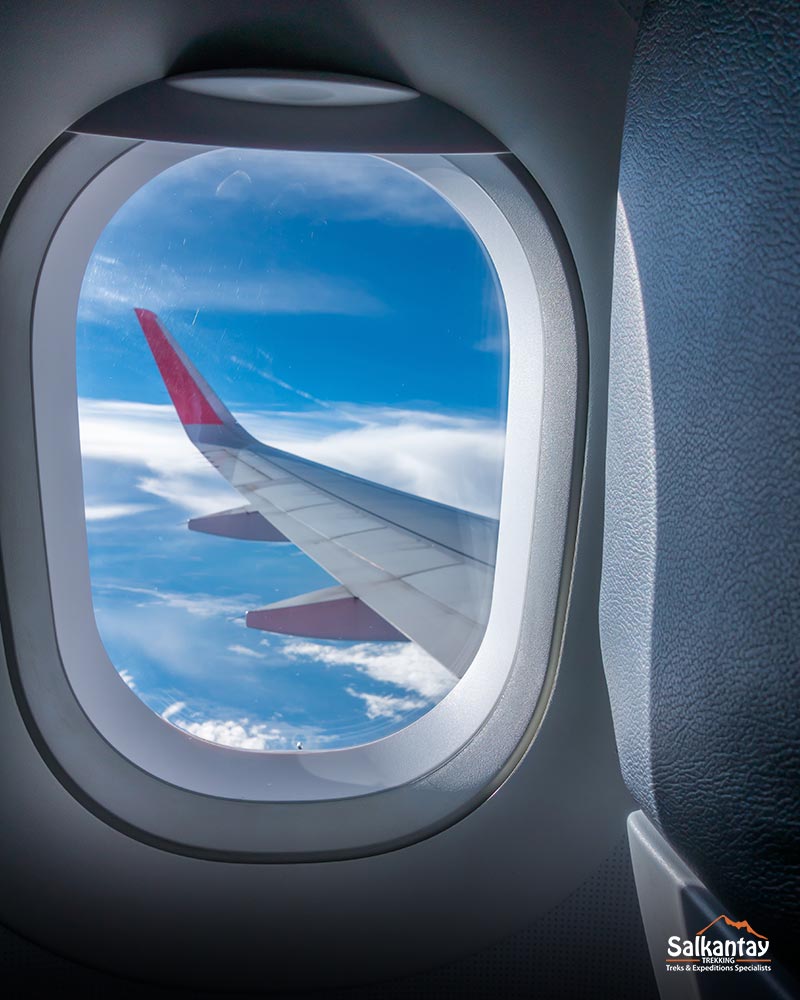
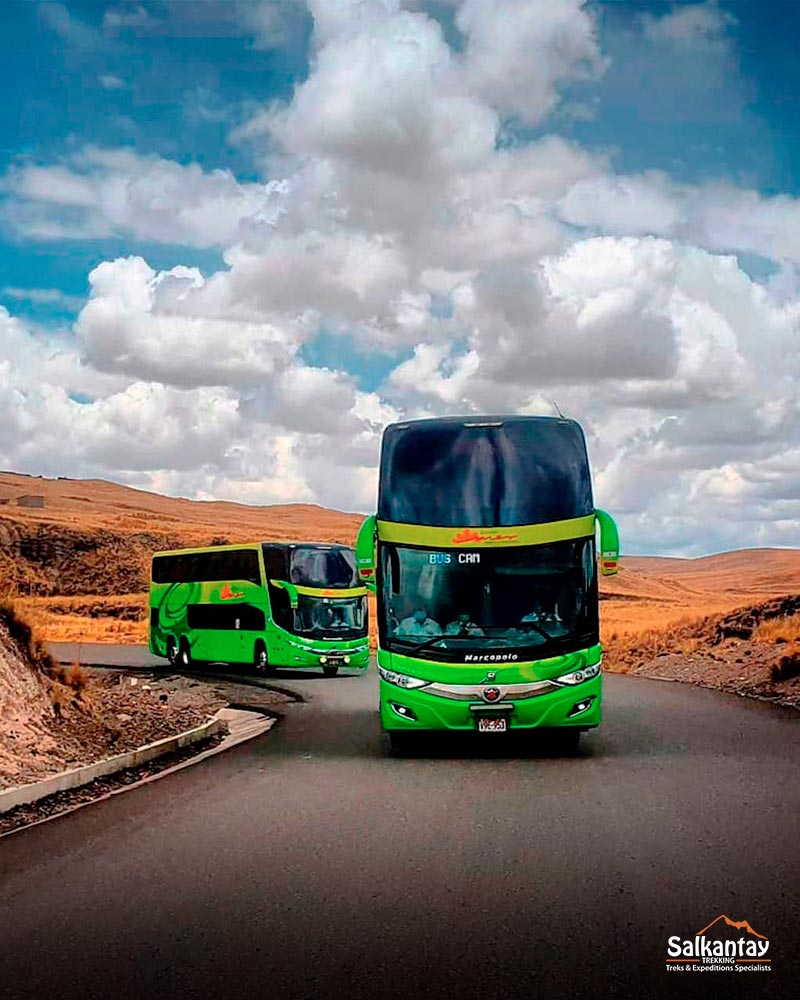
Recommended Accommodations
You’ll find options for every traveler in the Peruvian jungle. Choose eco-lodges like Inkaterra Reserva Amazónica or Refugio Amazonas for comfort, sustainability, and nature immersion.
In cities like Iquitos, hotels like Casa Morey or DoubleTree by Hilton offer modern amenities and central locations. In Tarapoto, La Patarashca stands out for its natural setting and excellent food. Book in advance during high season (July–August).
You can also stay in rural homes managed by Amazonian communities. This supports responsible tourism and benefits local families. Ask if meals and certified guides are included.
Travel Responsibly and Stay Safe
Keep your documents in a safe place and avoid showing valuables in public. Use money belts or zippered pockets for your passport and cash. Avoid walking at night in poorly lit or remote areas.
In an emergency, go to a tourist information booth or contact your embassy. Keep digital copies of your documents and bookings in your email. If traveling alone, share your itinerary with family or friends.
Book tours with certified agencies and licensed guides. Salkantay Trekking offers safe, authentic experiences across Peru. Avoid improvised tours that lack proper guarantees or coverage.

Local Flavors You Must Try
The Peruvian jungle offers a unique cuisine rooted in native ingredients. Try “juane,” made of rice and chicken wrapped in bijao leaf. Also enjoy “tacacho con cecina,” grilled plantain with dried pork.
Other highlights include “patarashca” (fish cooked in leaves), “inchicapi” (thick peanut and cassava soup), and “ensaladón de chonta” (heart of palm salad). Find these at restaurants like Al Frío y Al Fuego (Iquitos) or Doña Zully (Tarapoto). For drinks, try aguajina, corn chicha, or camu camu juice.
If you stop in Lima, try ceviche, lomo saltado, and causa limeña. Top restaurants include La Mar, Isolina, and El Mercado. Peruvian cuisine is known for its variety and quality.
Check out our blog: “Everything You Need to Know About the Inca Jungle Trek to Machu Picchu” for practical tips, gear, and adventure insights.
Souvenirs with Cultural Value
Buying souvenirs in the jungle is a great way to support local artisans. Look for authentic items like Shipibo-Conibo textiles, Amazonian pottery, and palm fiber baskets. Avoid anything made from endangered species or illegal materials.
In Iquitos, visit the Belén Handicraft Market. In Tarapoto, explore shops on Paseo de las Palmeras for handmade jewelry, natural soaps, and indigenous art. Bargain respectfully and pay fair prices for craftsmanship.
In Lima, visit the Indian Market in Miraflores or the Surquillo artisan center. You’ll find alpaca textiles, Chanchamayo coffee, Maras salt, and silver jewelry. Choose certified or cooperative-made products.

A Responsible Journey Leaves a Positive Mark
The Peruvian jungle offers unforgettable nature, culture, and hospitality. Travel consciously and care for the places you visit—protect the valuable natural resources that sustain this ecosystem. Every responsible choice enhances your journey and benefits those who welcome you with open arms.
You may be interested
- Manu National Park: The Ultimate Visitor’s Guide
- Guide to Visiting the Tambopata National Reserve
- Everything You Need to Know about the Inca Jungle Trek Peru: The Alternative Route to Machu Picchu
- The Charm of the Forests in Peru: Landscapes and Biodiversity in Nature
- The Ultimate Travel Guide to Machu Picchu

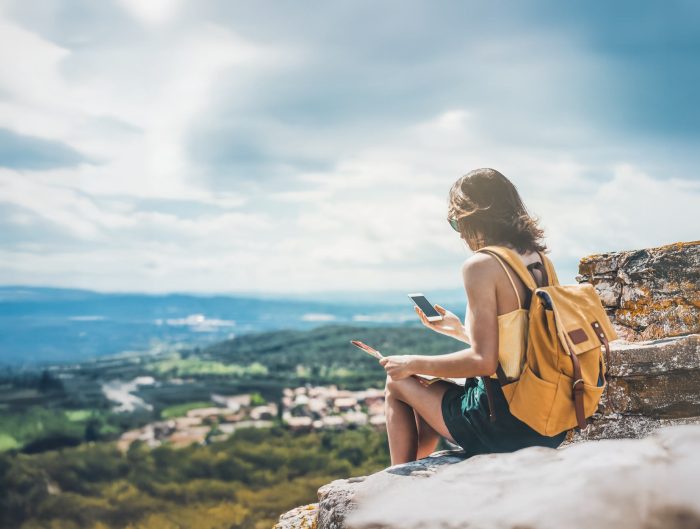
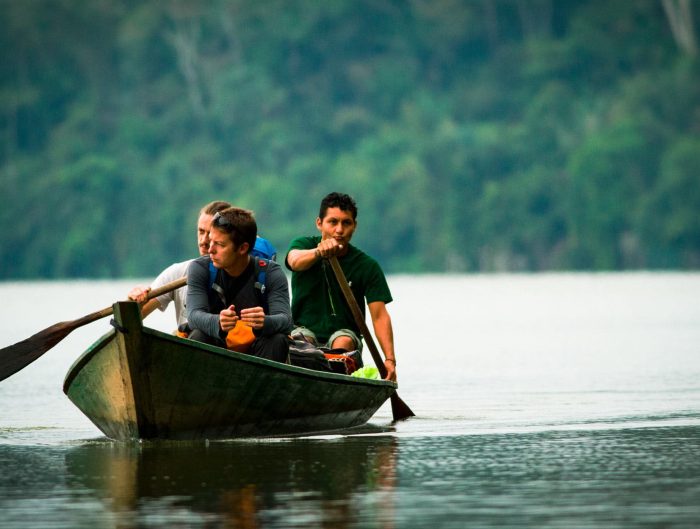
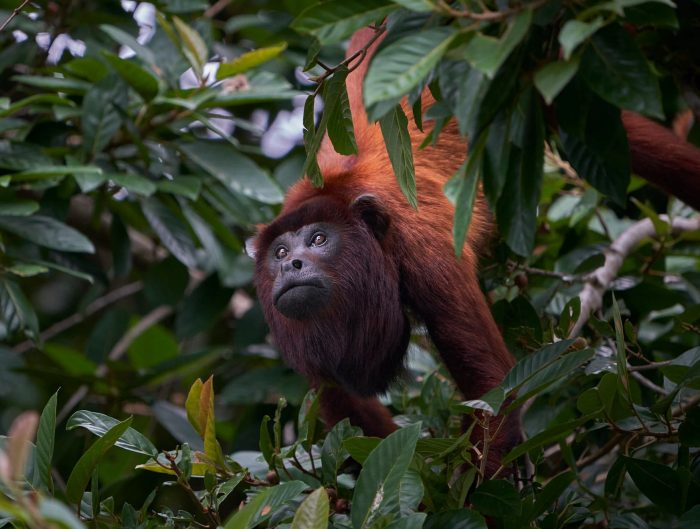
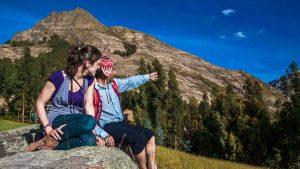
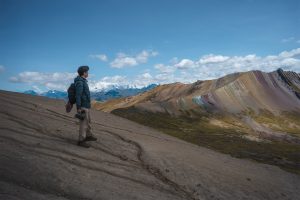
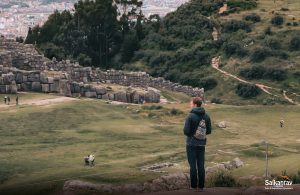
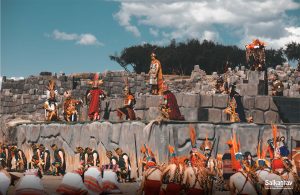
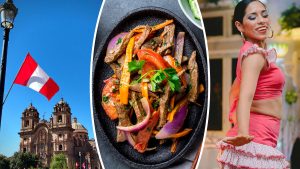
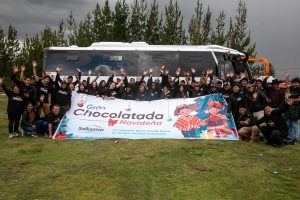
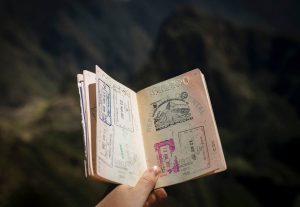
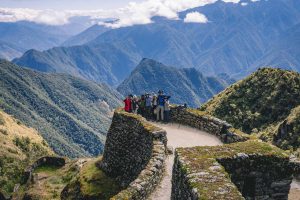

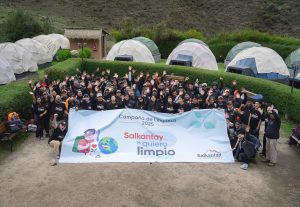
Leave A Reply